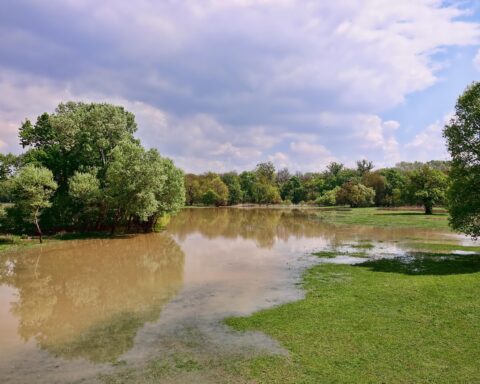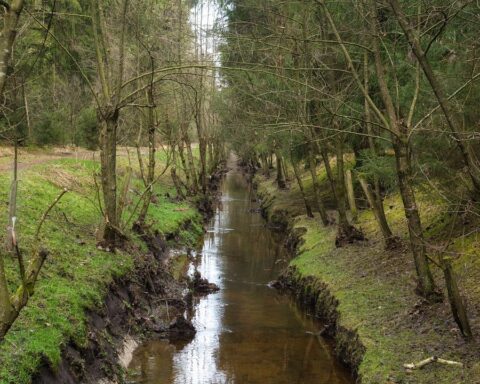The Minnesota Pollution Control Agency (MPCA) has received $22.3 million in support from the Environmental Protection Agency (EPA) to clean up contaminants in the St. Louis River’s Thomson Reservoir, near Duluth. The funding comes from the Bipartisan Infrastructure Law’s $1 billion investment to clean and restore one of the Great Lakes. The project will begin in 2024.
The money will help remediate the 116-year-old Thomson Reservoir, a $36 million cleanup effort to protect public health from contaminants left behind by decades of industrial pollution.
The 330-acre project is the seventh and final initiative to restore and revitalize the St. Louis River. The EPA identified the 194-mile Lake Superior tributary as a Great Lakes Are of Concern – which are places that have experienced environmental degradation due to human activity.
Plans for the Thomson Reservoir project call for distributing activated carbon pellets over 225,000 cubic yards of contaminated sediment. The MPCA will carry out the process in a partnership with PotlatchDeltic, a Washington-based forest products company with operations in Minnesota.
“The activated carbon rapidly binds to contaminants in the sediment, preventing accumulation in bottom-dwelling organisms and safeguarding the aquatic food chain,” the EPA said in a press release.
The St. Louis River, which spans Minnesota and Wisconsin, is vital to the region’s economy, supporting the port of Duluth and shipping in the Great Lakes area. Industrial use of the river prior to modern pollution laws has resulted in sediments contaminated with mercury, dioxins, polychlorinated biphenyls and other toxins leeching into the river, according to the EPA.
Other St. Louis River AOC projects involve dredging and remediating sediment at Munger Landing, the former US Steel Duluth site at Spirit Lake, two ponds behind Erie Pier and the Scanlon Reservoir. The projects focus on removing heavy metals and polycyclic aromatic hydrocarbons (PAHs) caused by burning coal, oil, gas and other substances.
Minnesota and Potlatch Deltic will cover the remaining $13.5 million project. The reservoir will remain open for recreational paddlers during construction, which will include expanding the Kayak Center parking lot.
Strategic Partnerships, Inc. can provide information on contract opportunities, plus existing and future government funding. For more information, contact research@spartnerships.com.










